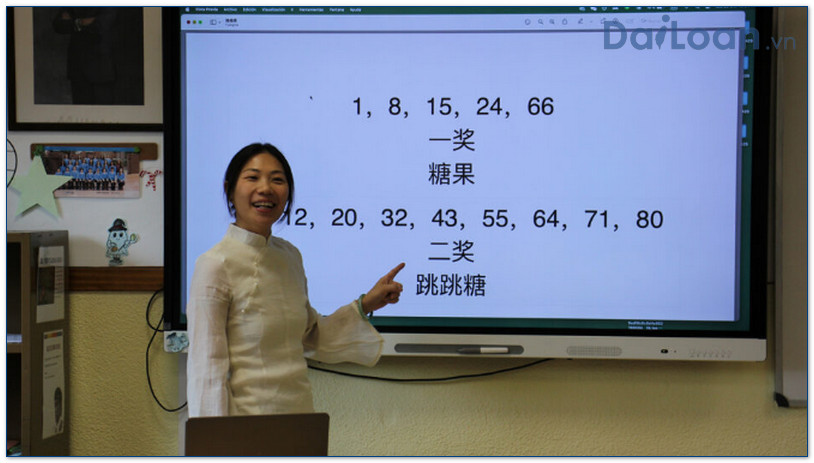Introduction to 探測 (tàn cè)
The term 探測 (tàn cè) is primarily used in the Chinese language to convey the notion of exploration, detection, or probing. In various contexts, it applies to many fields, including science, technology, and even everyday activities that involve seeking out information or identifying specific conditions. This article will delve into the meaning, grammatical structure, and example sentences for better understanding and practical application.
The Meaning of 探測 (tàn cè)
In Chinese, 探測 consists of two characters: 探 (tàn) and 測 (cè).
- 探 (tàn): This character means ‘to explore’ or ‘to probe.’ It implies an action of searching for or investigating something.
- 測 (cè): This character means ‘to measure’ or ‘to test.’ It suggests the action of assessing the characteristics or quantity of something.
When combined, 探測 (tàn cè) refers to the act of exploring and measuring, often in a systematic and scientific manner.
Grammatical Structure of 探測
The grammatical structure of 探測 (tàn cè) follows standard Chinese language patterns. It is a verb phrase that can function as a transitive verb, allowing it to take objects. Below are some key points regarding its structure:
1. Usage as a Verb
探測 can serve as the main verb in a sentence, indicating an action that involves both exploring and measuring. For example:
- 我们需要探测这个区域的地下水质。
- (Wǒmen xūyào tàn cè zhège qūyù de dìxià shuǐ zhì.) – We need to explore and measure the quality of groundwater in this area.
2. Object Affinity
As a transitive verb, 探測 requires an object to complete its meaning. The object can be a noun phrase that pertains to what is being measured or explored:
- 科学家们正在探测外太空的辐射。
- (Kēxuéjiāmen zhèngzài tàn cè wàitàikōng de fúshè.) – Scientists are detecting the radiation in outer space.
3. Adverbial Modifiers
The phrase can also be modified by adverbs to provide additional context such as the method of detection or the urgency of the action:
- 他们迅速探测了火灾现场。
- (Tāmen xùnsù tàn cè le huǒzāi xiànchǎng.) – They quickly explored and measured the fire scene.
Examples Sentences Using 探測
Here are several example sentences that illustrate the practical application of 探測 (tàn cè) in different contexts:
1. Environmental Science
- 我们许多研究人员正在探测海洋的温度变化。
- (Wǒmen xǔduō yánjiū rényuán zhèngzài tàn cè hǎiyáng de wēndù biànhuà.) – Many of our researchers are exploring and measuring temperature changes in the ocean.
2. Technology Use
- 这款新设备能够探测周围的障碍物。
- (Zhè kuǎn xīn shèbèi nénggòu tàn cè zhōuwéi de zhàng’ài wù.) – This new device can detect obstacles in its surroundings.
3. Military and Security
- 军队正在探测敌方的活动。
- (Jūnduì zhèngzài tàn cè dífāng de huódòng.) – The military is probing the activities of the enemy.
4. Everyday Situations
- 他在探测朋友的意见。
- (Tā zài tàn cè péngyǒu de yìjiàn.) – He is gauging his friend’s opinion.
Conclusion
In summary, 探測 (tàn cè) is a versatile term in the Chinese language that embodies the act of exploring and measuring. Understanding its grammatical structure aids in constructing accurate sentences, whether in scientific contexts or everyday conversations. As you continue your journey in learning Chinese, incorporating terms like 探測 into your vocabulary will enhance your communication skills and deepen your understanding of the language.

Sứ mệnh của Chuyên là giúp đỡ và truyền cảm hứng cho các bạn trẻ Việt Nam sang Đài Loan học tập, sinh sống và làm việc. Là cầu nối để lan tỏa giá trị tinh hoa nguồn nhân lực Việt Nam đến với Đài Loan và trên toàn cầu.
CÓ THỂ BẠN QUAN TÂM
Du học Đài Loan
Lao Động Đài Loan
Việc Làm Đài Loan
Đơn Hàng Đài Loan
Visa Đài Loan
Du Lịch Đài Loan
Tiếng Đài Loan
KẾT NỐI VỚI CHUYÊN
Zalo: https://zalo.me/0936126566
Website: www.dailoan.vn




